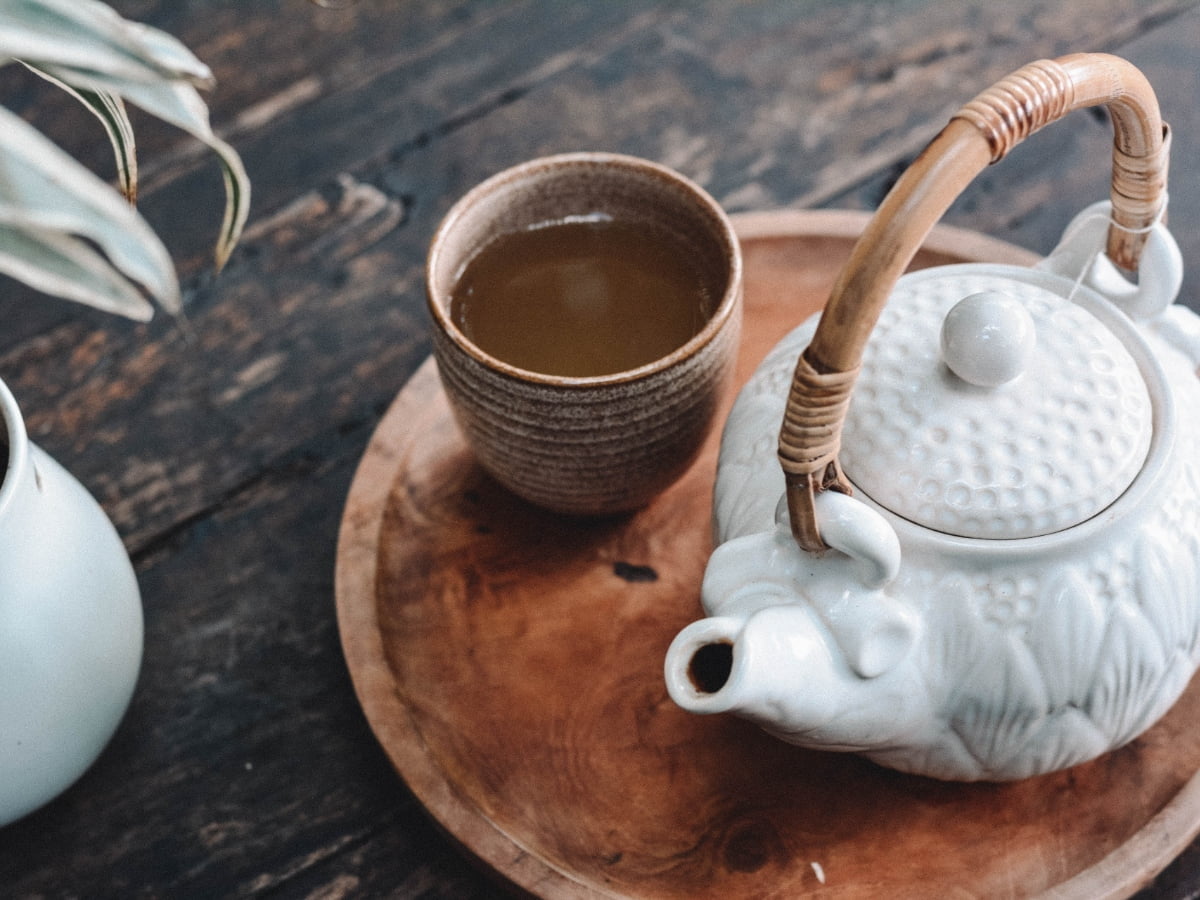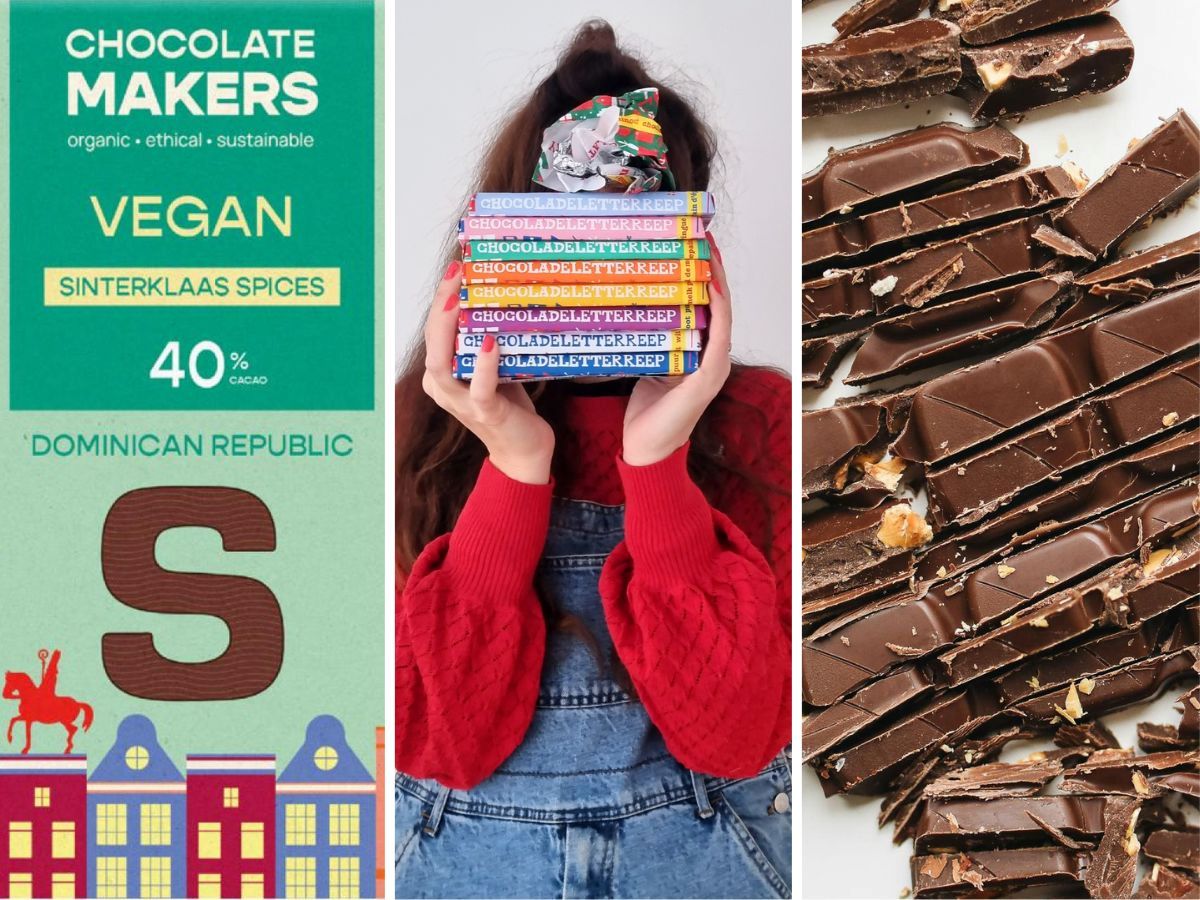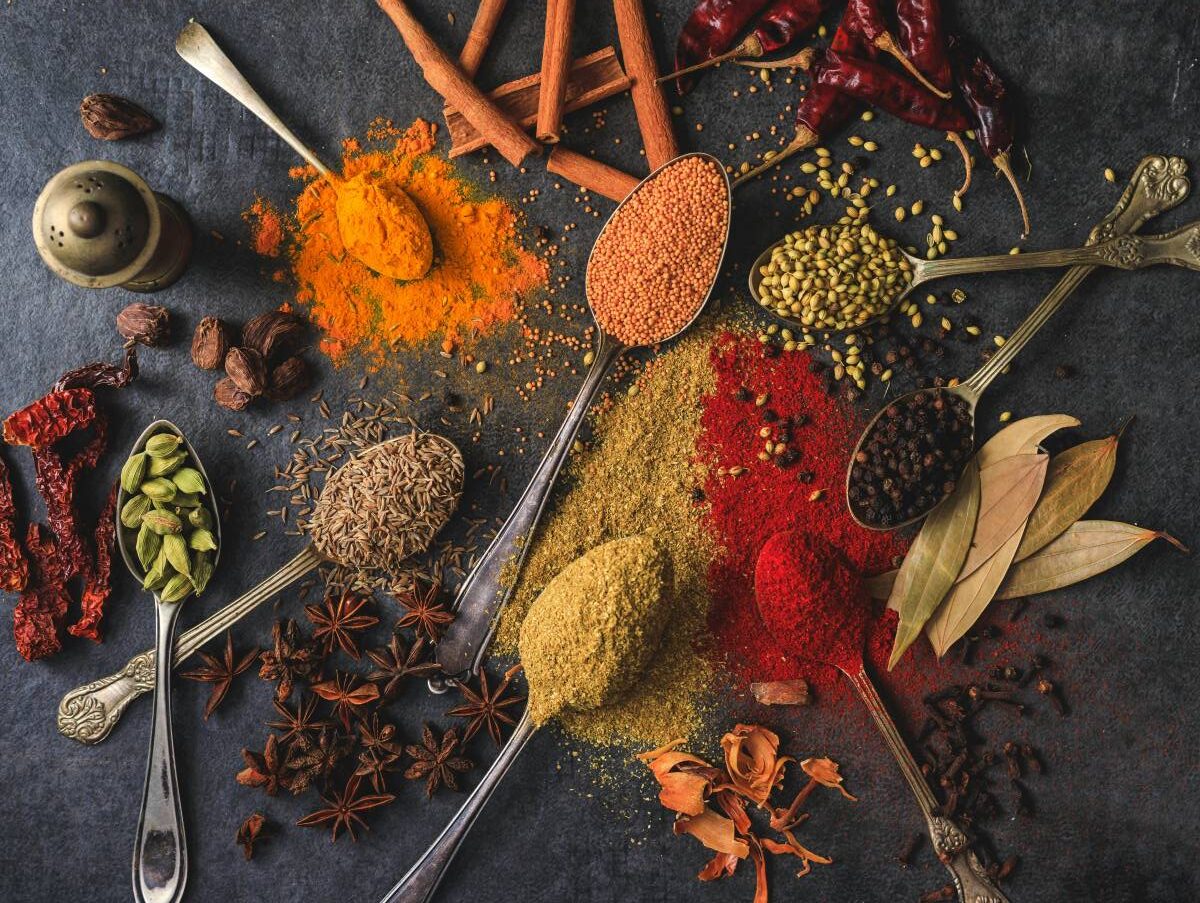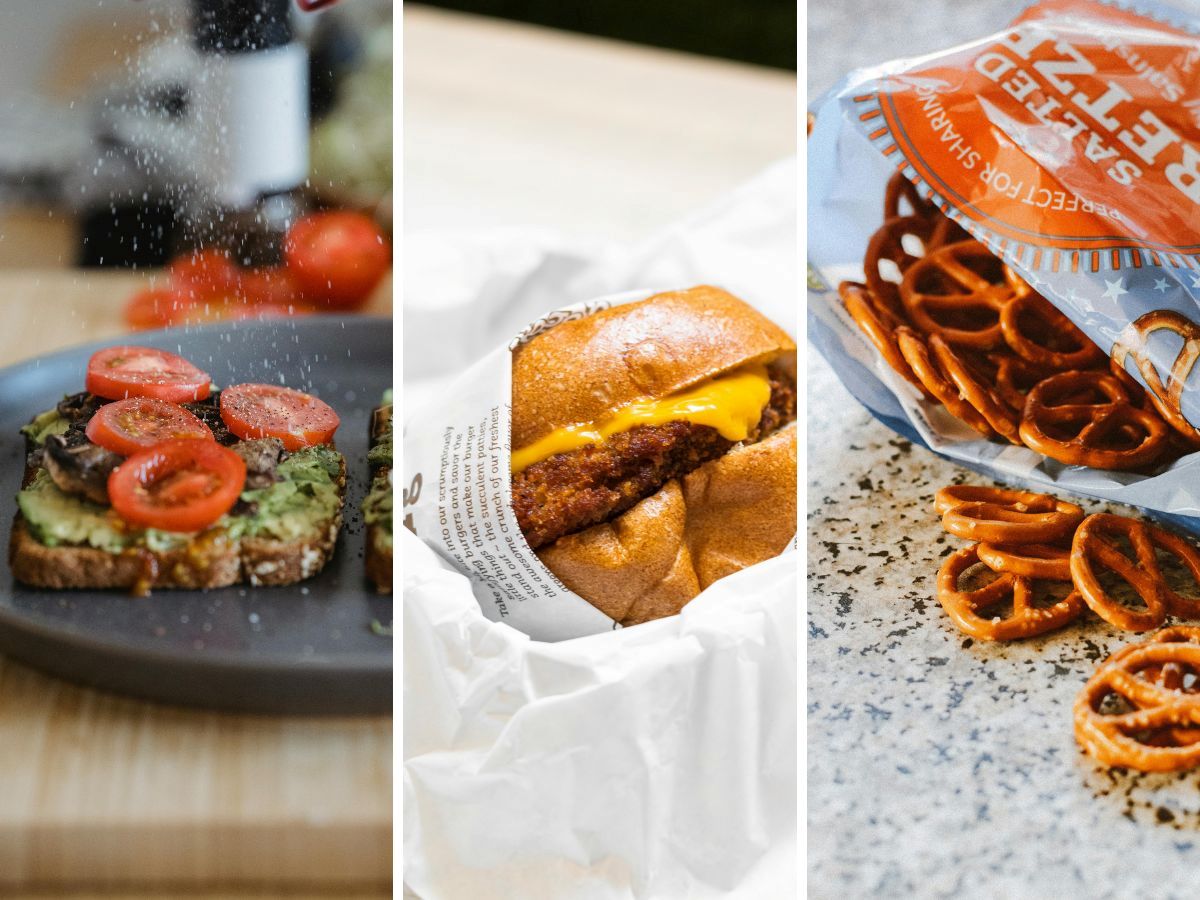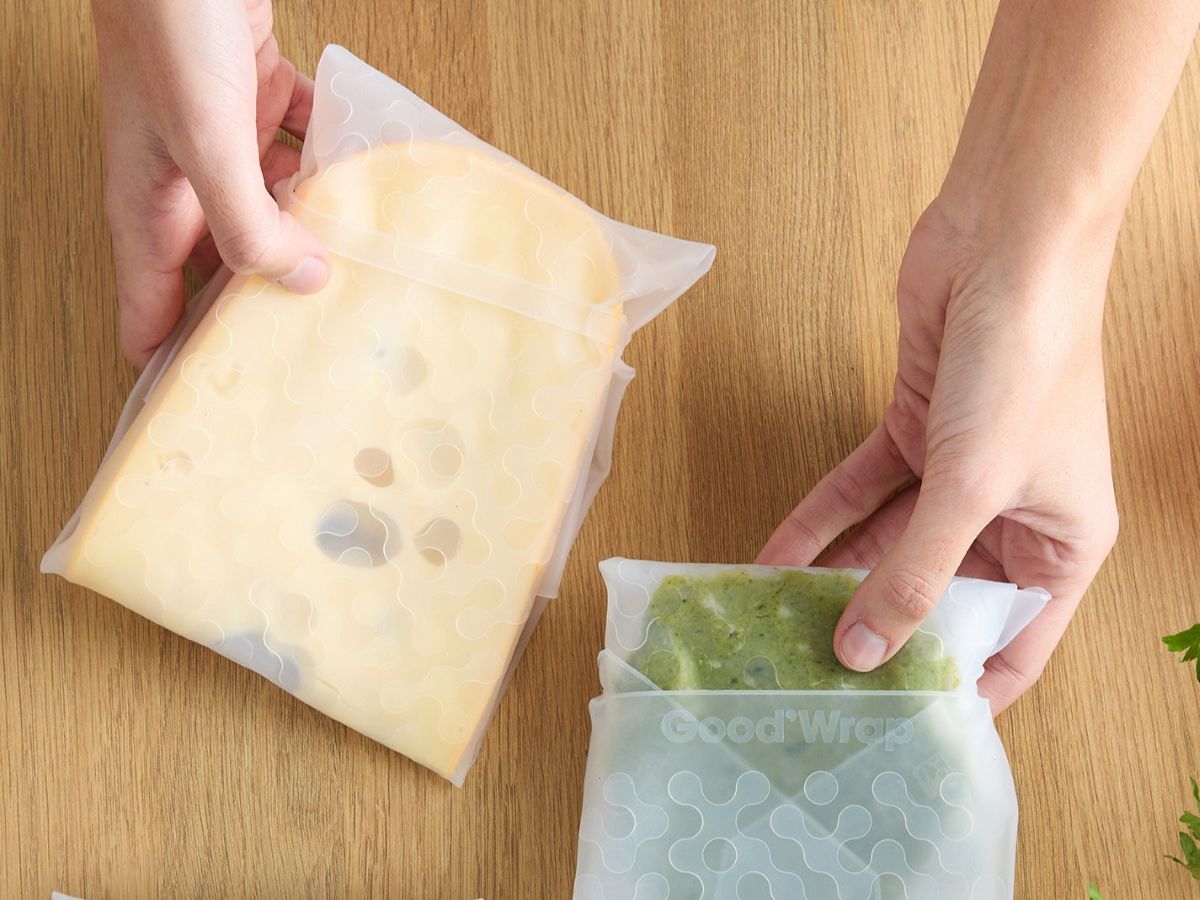Do you also love a cup of hot tea? Especially in winter, with the lower temperatures, a tea is a nice way to warm up. But even in summer, tea, for instance in the form of homemade iced tea, remains delicious. As Dutch people, we drink many litres of tea every year and the supermarket shelves are overflowing with different brands and flavours. A drink we all drink so much, it is nice to know what happens to it before it ends up in your cup, right? So: how is tea actually produced? And is there such a thing as sustainable tea? In this article, Lauri takes you to the sustainable tea plantations, the fair production process and that perfectly brewed cup of sustainable tea!
Origin of tea
Tea is, after water, the most widely consumed beverage in the world. It originated in southwest China, where people drank tea as a medicinal beverage. According to legend, tea was discovered by accident. Wind blew leaves of the tea plant into a bowl of hot water. The Chinese emperor Shennong took a sip of this, discovered that the brew tasted good and also had healing properties. He was sold. And you get the idea: tea quickly conquered the rest of the world after this. Tea is still grown in China, as well as in Argentina, India, Indonesia, Kenya, Malawi, Sri Lanka and Tanzania.


Tea is drunk so much and yet we know very little about where our tea comes from.
How is tea produced?
Tea grows on the Camellia sinesis, also known as the tea plant. Although this is not actually a plant, but more like a shrub. Tea plants grow best in a warm and sunny climate, with plenty of rain. They wouldn't survive in Dutch weather, but they would in the humid climate of, say, Indonesia. Besides the amount of sun and moisture, good soil is also essential. For instance, if certain minerals are missing, or just present, this affects the final flavour of the tea.
Then, the tea plant must be pruned regularly to ensure a good harvest. Once the tea bush is three to four years old, the tea can be picked for the first time. For this, mainly the upper and thus youngest leaves are used for refined teas, such as white tea, and the lower leaves for firmer and heavier teas like oolong. Harvesting is a very precise job and is mainly done by hand, although in some countries it is also done by machine. As a result, the tea leaves often break, which does not help the flavour.
After picking the tea, the extensive production process takes place. In it, the tea leaves are crushed, heated, dried and fermented, among other things. These steps vary for each final tea variety.
Sustainable tea production
How the tea farmer grows his tea is essential. In the case of sustainable tea, you can be sure that the natural environment is taken into account during production and that no chemical pesticides are used.
Microplastics in tea: what about it exactly?
Microplastics are everywhere these days. In the ground, in water and so also in tea bags. What? Yes I thought so too when I heard about it. They are plastic tea bags, which can often be recognised by their pyramid shape. Some well-known tea brands used this type of tea bags until recently, although the material was not clearly stated on the packaging. In spring 2021, major companies agreed with the central government to make their tea bags entirely of compostable material. And recently they succeeded and you may Dispose of all tea bags with the vegetable, fruit and garden (GFT) waste. Note that 93% of the tea bags are actually compostable. That means some tea bags still contain plastic.
Want to make sure you really don't ingest microplastics? Then choose loose tea and use a tea infuser. And drink your tea from a mug and not a disposable cup. But of course we don't need to tell you any more about that.
Differences types of sustainable tea
Which brings us to the next question: how many types of tea are there actually? You can distinguish five different types of tea, namely: green, white and black tea, oolong and pu-erh. Did you know that rooibos, herbal and mate are not actually real tea? That's because these varieties do not contain leaves of the tea plant Camellia sinensis. So it would be better to call them (herbal) infusions, but popularly they are often still called tea because we drink these herbs the same way.
As I wrote earlier, white tea uses the upper leaves of the tea plant. This also makes this tea very light and floral in flavour. For green tea, the leaves are steamed or stir-fried as soon as possible after picking, to ensure that the leaves, and thus the tea, remain green. For black tea, on the contrary, you have to let the leaves wilt completely, so that the leaf turns completely brown. Finally, oolong tea is made from partially oxidised leaves and is therefore somewhere in between green and black tea. All these teas are available in bags as well as loose tea.
Healthy thirst quencher
Apart from tea being a really healthy warming drink (unless, of course, you fill your cup with sugar), it also has other positive effects on your health. For instance, green and black tea reduce the risk of stroke, lower blood pressure and can even lower LDL cholesterol and reduce the risk of type 2 diabetes. In short: more than enough reasons to choose a nice cup of tea more often!
Where do you purchase sustainable tea?
There are plenty of places to buy tea: just in the supermarket, at various specialty shops or online at one of the many online shops. What should you look for when buying sustainable tea? First of all, you can check the ingredients: has sugar been added to your tea? If so, you can leave this tea on the shelf for now. After all, these teas are highly processed. In addition, you obviously want to buy tea from farmers who have received a fair price for their product and also work in good, safe conditions. For this, you can pay attention to the Fairtrade label, the European organic characteristic and the Rainforest Alliance certification. These labels are mainly found on boxes of tea for sale in (organic) supermarkets.
When buying tea bags, you can also immediately pay attention to (unnecessary) packaging. Is your tea packed in paper, plastic and a cardboard box? If so, it is better to choose a different variant. For good sustainable loose-leaf tea you can go to e.g. Dill & Kamille and Simon Lévelt. Here you can also immediately buy a tea infuser if you don't already have one.


Whole tea leaves are already a sustainable tip because it means you have less waste and cannot get microplastics in your tea, which is unfortunately sometimes the case with some bags.
Preparing sustainable tea
As you have read before, the tea production process is very labour-intensive. Moreover, the tea leaves have to come from far away. But the biggest climate impact is not in transport, but in boiling the water for your cup of tea. So how do you enjoy a cup of tea in a sustainable way? Simply by boiling only the amount of water you need, or using a teapot or thermos to keep the water hot. Such a waste and unnecessary to have to wash away half a pot of lukewarm or cold tea, right?
In addition, here are some other tips. Your bag (or tea infuser with loose tea) can be used more than once. Unless you like very strong tea, which the English are known for, you can make two or even three uses of the same bag. With loose tea, you often need much less than you think. Do you throw away your tea after use? Then simply dispose of it with your organic waste, including the bags. Finally, it is important to store your tea in the right way to make sure it keeps for a long time. It is best to store loose tea in sealed containers so that the tea does not come into contact with moisture. Enjoy your delicious cup of tea!
More sustainable shopping tips from thegreenlist.nl
- A nice piece of chocolate with your cup of tea? Hands Off My Chocolate's vegan chocolate allows you to enjoy more sustainably.
- Also curious about how to drink coffee more sustainably? In this article, read all about a conscious bakkie pleur.
- Lighting a cosy candle? After reading these tips, you can enjoy eco-friendly candles with peace of mind.
Sources: Consumer Association, Nutrition Centre, Inspectorate of Value, Milieu Centraal. Photo credits: Content Pixie (Unsplash), Min An (Pexels), Highnesser (Pixabay), Koko Rahmadie (Pexels), Maria Tyutina (Pexels).

